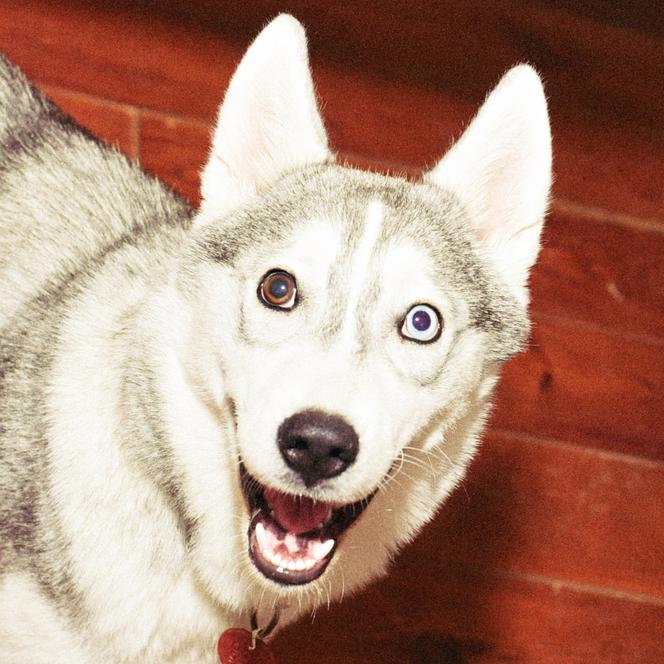


In recent years, the condemnation of the "male gaze" as the sole cultural perspective has has led to the creation of works showcasing the "female gaze" as a necessary counterpoint. However, it would seem that another, equally exciting shift is taking place in the intellectual and artistic sphere: the development of an animal gaze, in opposition to anthropocentrism. At Cannes in 2022, filmmaker Jerzy Skolimowski presented his film Eo. Inspired by Robert Bresson's 1966 film Au Hasard Balthazar, which recounts the misadventures of a donkey sold to a circus, Eo is no ordinary remake. The filmmaker chose to tell the story from the donkey's point of view.
Similarly, in the documentary Cow (2021), director Andrea Arnold opts for a wordless film that captures the way cows perceive their environment. These bold attempts are part of a real shift in the way we look at the animal world. Philosopher Vinciane Desprets, author of Autobiographie d'Un Poulpe ("Autobiography of an Octopus") and a pioneer in this field, said that "in the 1960s, when National Geographic and Disney started producing wildlife documentaries, they realized that audiences were much more interested when you told them about an individual, rather than a group. They really wanted to understand their emotions, their reactions."
Desprets explained that this personalization has continued with the work of ethologists and animal welfare movements, who have done a great deal to inform the general public. In her view, the animal gaze is a salutary complement to scientific advances. "On the animal question, we have to abandon the idea of totalizing knowledge and recognize that we can only have approximate knowledge. Art reminds us of this limit, through productions that are necessarily imperfect, but highly enriching."
Farm life through the eyes of a cow, a dog, a cat or a magpie. This is the literary challenge that Agnès de Clairville has set herself with her novel Corps de Ferme ("Farmhouse"). In it, this former agricultural engineer recounts the crisis shaking the farming world. The animals witness the dramas that punctuate the life of a farming family, ranging from economic difficulties, infanticide and sexual violence. But the animals are not only witnesses, they also have a life of their own, which the novelist immerses us in. "I wanted to create a quasi-documentary reality, while trying to reconstitute the sensoriality of the animals."
While the point of view of the dog or the cat will seem more familiar to the reader, that of the other animals holds some surprises. "For the dog, it was much easier: Dogs are very expressive, so you can read their emotions quite easily. For the cow and the magpie, it was more complicated. I did a lot of research on the magpie, which enabled me to write this amazing scene of the burial of the male magpie. It's a ritual that really exists: When a magpie dies, the others surround him and chatter, as if they're performing a ceremony."
You have 52.07% of this article left to read. The rest is for subscribers only.
